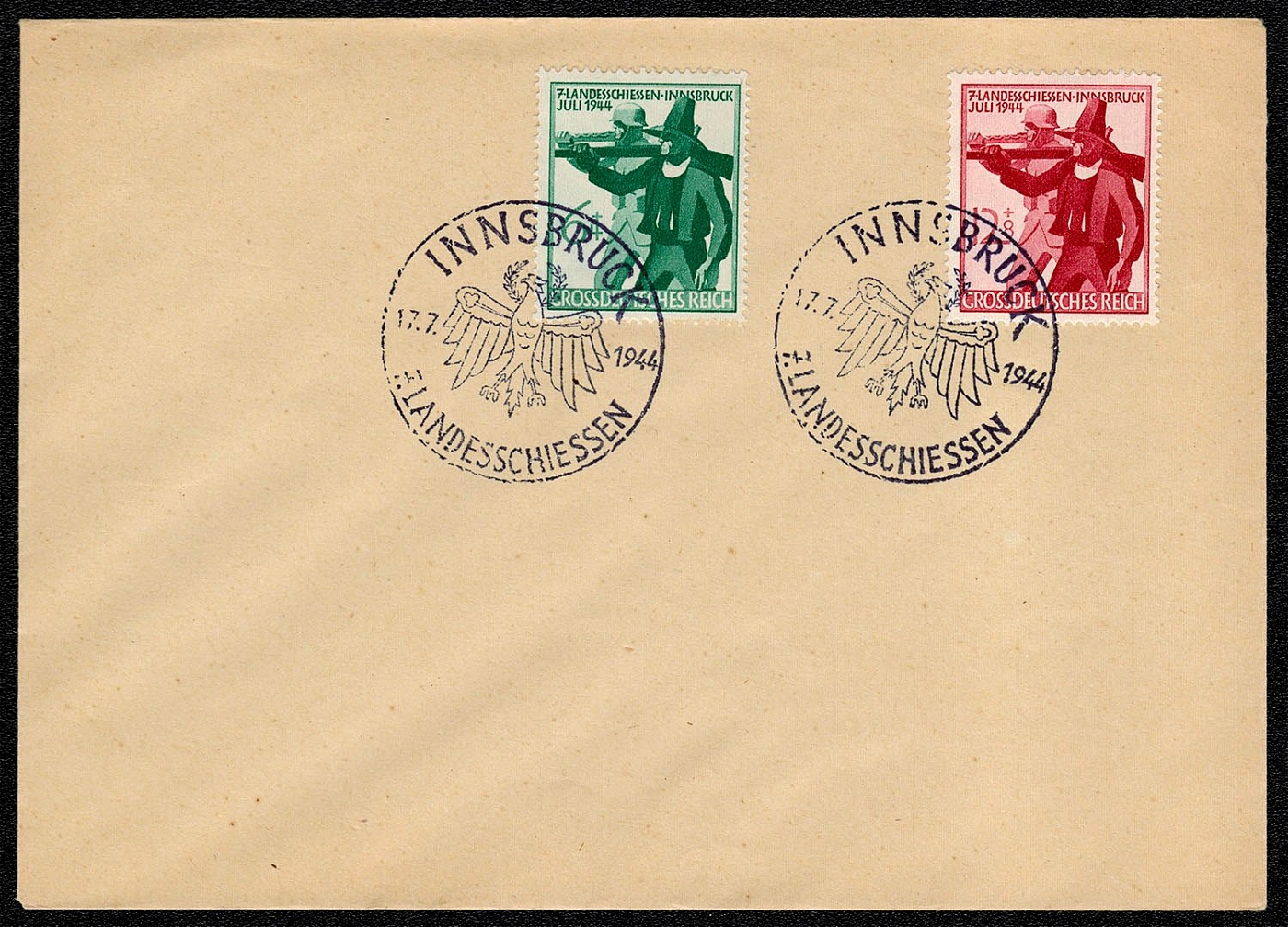View Auction
Ended on Mar 4, 2021 PST
Mar 04, 10:46 AM PST
| CST / Beijing | Mar 05, 2021 02:46 AM |
|---|---|
| CEST / Berlin | Mar 04, 2021 07:46 PM |
| CDT / Chicago | Mar 04, 2021 12:46 PM |
| MSK / Moscow | Mar 04, 2021 09:46 PM |
| MDT / Denver | Mar 04, 2021 11:46 AM |
| EDT / New York | Mar 04, 2021 01:46 PM |

Nuremberg. Photo The granary (Kornhaus) also called the Kaiserstallung
Lot 865
Nurnberg owes its place in literary history to Hans Sachs and the other meistersanger. The inventions of its inhabitants include the pocket watch, gun casting, the air gun, gunlocks, terrestrial and celestial globes (the first of which was made before Columbus discovered the Americas), the art of wire-drawing and the clarinet.
Nurnberg was the first imperial town to embrace Protestantism (about 1525). The first blow to its prosperity was the discovery of the sea-route to India in 1497; and the second was inflicted by the Thirty Years’ War which Gustavus Adolphus was besieged here for ten weeks by Wallenstein. The downfall of the town was accelerated by the illiberal policy of its patrician rulers.
In 1803 Niirnberg was allowed to maintain its nominal position as a free city, but in 1806 it was annexed to Bavaria.
The Fourteenth Edition of the Encyclopaedia Britannica (1929) noted: “Considerable sections of the ancient walls and moat still remain; of the 365 bastions which formerly strengthened the walls, nearly 100 are still in situ, and a few of the old gateways have also been preserved. Most of the streets are narrow and crooked, and the majority of the houses have their gables turned towards the street.
The general type of architecture is Gothic, but the rich details, which are lavished with especial freedom in the interior courts, are usually borrowed from the Renaissance. Most of the private dwellings date from the 16"' century, and there are practically none of earlier date than the 15'h century. The roofs are of red tile.
Nurnberg was the first imperial town to embrace Protestantism (about 1525). The first blow to its prosperity was the discovery of the sea-route to India in 1497; and the second was inflicted by the Thirty Years’ War which Gustavus Adolphus was besieged here for ten weeks by Wallenstein. The downfall of the town was accelerated by the illiberal policy of its patrician rulers.
In 1803 Niirnberg was allowed to maintain its nominal position as a free city, but in 1806 it was annexed to Bavaria.
The Fourteenth Edition of the Encyclopaedia Britannica (1929) noted: “Considerable sections of the ancient walls and moat still remain; of the 365 bastions which formerly strengthened the walls, nearly 100 are still in situ, and a few of the old gateways have also been preserved. Most of the streets are narrow and crooked, and the majority of the houses have their gables turned towards the street.
The general type of architecture is Gothic, but the rich details, which are lavished with especial freedom in the interior courts, are usually borrowed from the Renaissance. Most of the private dwellings date from the 16"' century, and there are practically none of earlier date than the 15'h century. The roofs are of red tile.
Condition:
Mint
Period:
1920-1939
1933-45 Third Reich Propaganda & Postal History, Part II - Specialized Auction #13
Live Auction
15% Buyers Premium
436
items listed
 Lake Oswego, Oregon 97035
Lake Oswego, Oregon 97035
1933-45 Third Reich Germany Propaganda auction in 3 parts. More than 1,000 items of German propaganda. Highly specialized auction with many rare and valuable postcards, covers, souvenir sheets, posters, documents, and more. High value and low starting prices.
 Oldlouis Auctions
Oldlouis Auctions
RSFSR and Soviet Union - Auction #42
37d 18h | Jan 27, 02:00 PM
Germany: WWII Occupations, Legions, Field Post, Propaganda - Auction #42
37d 18h | Jan 27, 02:00 PM
Germany: Colonies, Rare Revenues, Documents - Auction #42
37d 18h | Jan 27, 02:00 PM
Russian Offices Abroad - Auction #42
37d 18h | Jan 27, 02:00 PM
Germany: WWI Occupations, Postwar Occupation Zones, and Saar - Auction #42
37d 18h | Jan 27, 02:00 PM
Similar items from this auction

1944 Michel P 297, printed on little more than thick rough paper, is the last postal stationery of the Third Reich
Lot 574
$5

1944 Cover franked with Scott Nos. B278-9 the last day of the two week long Tyrolean Shooting Competition The special cancel depicts the Tyrolean eagle
Lot 668
$0

1944 Local district postal receipt recording a 5 kg package sent from Coburg
Lot 682
$0

1942 Certificate
Lot 835
$0

1937 Scott No. C46 with cancellation commemorating the “KdF” Folks Festival in the Nazi Administrative District of Berlin
Lot 518
$0